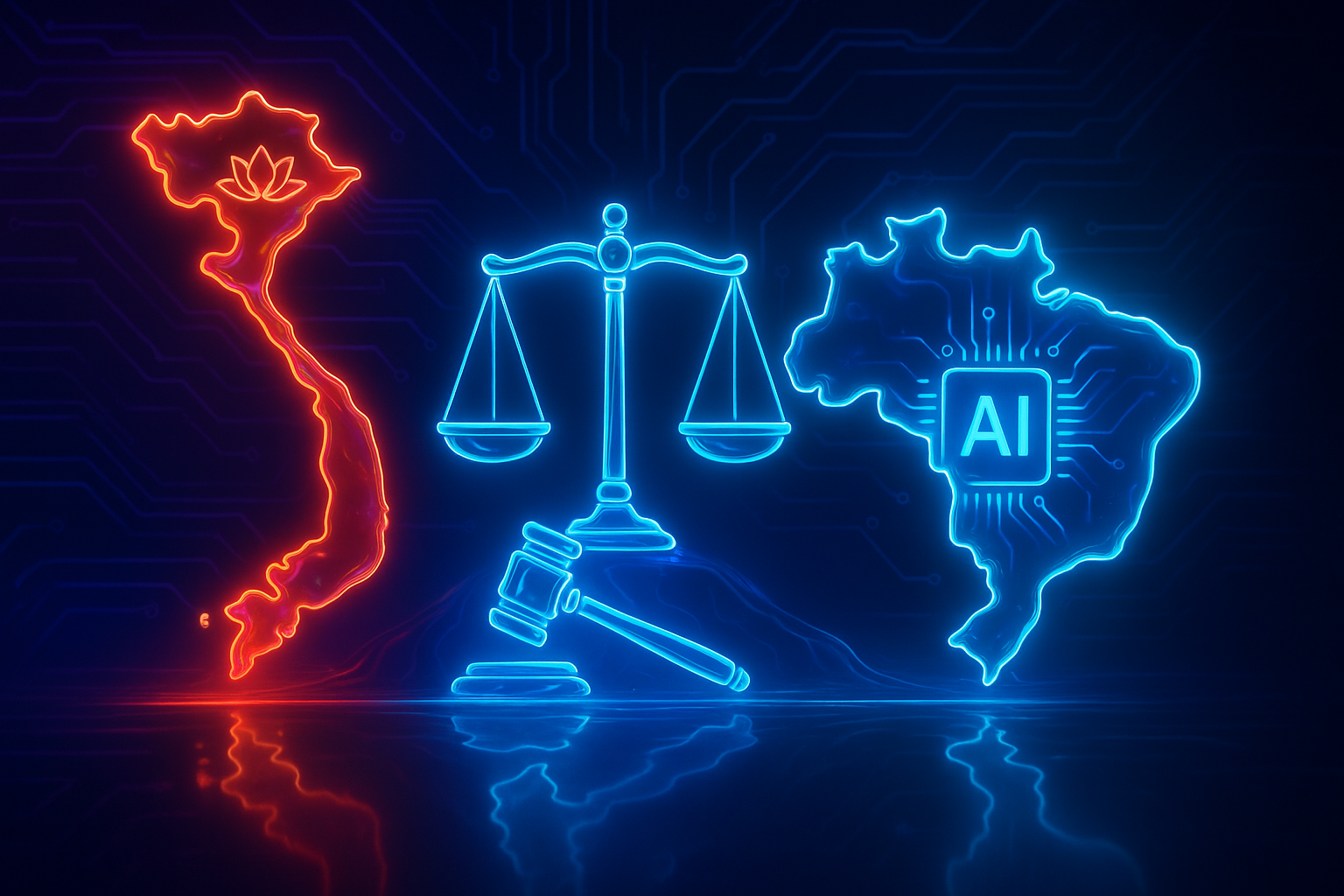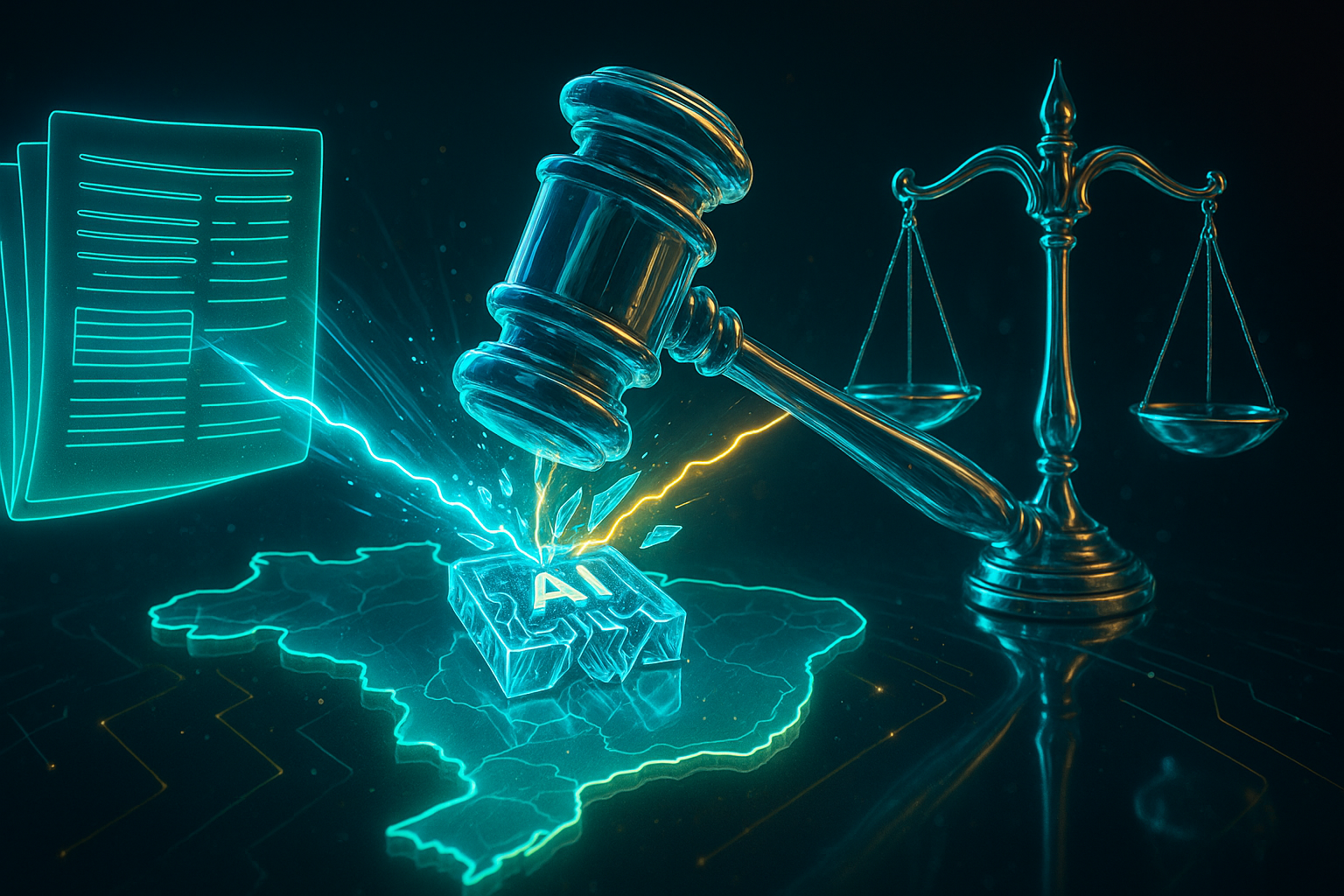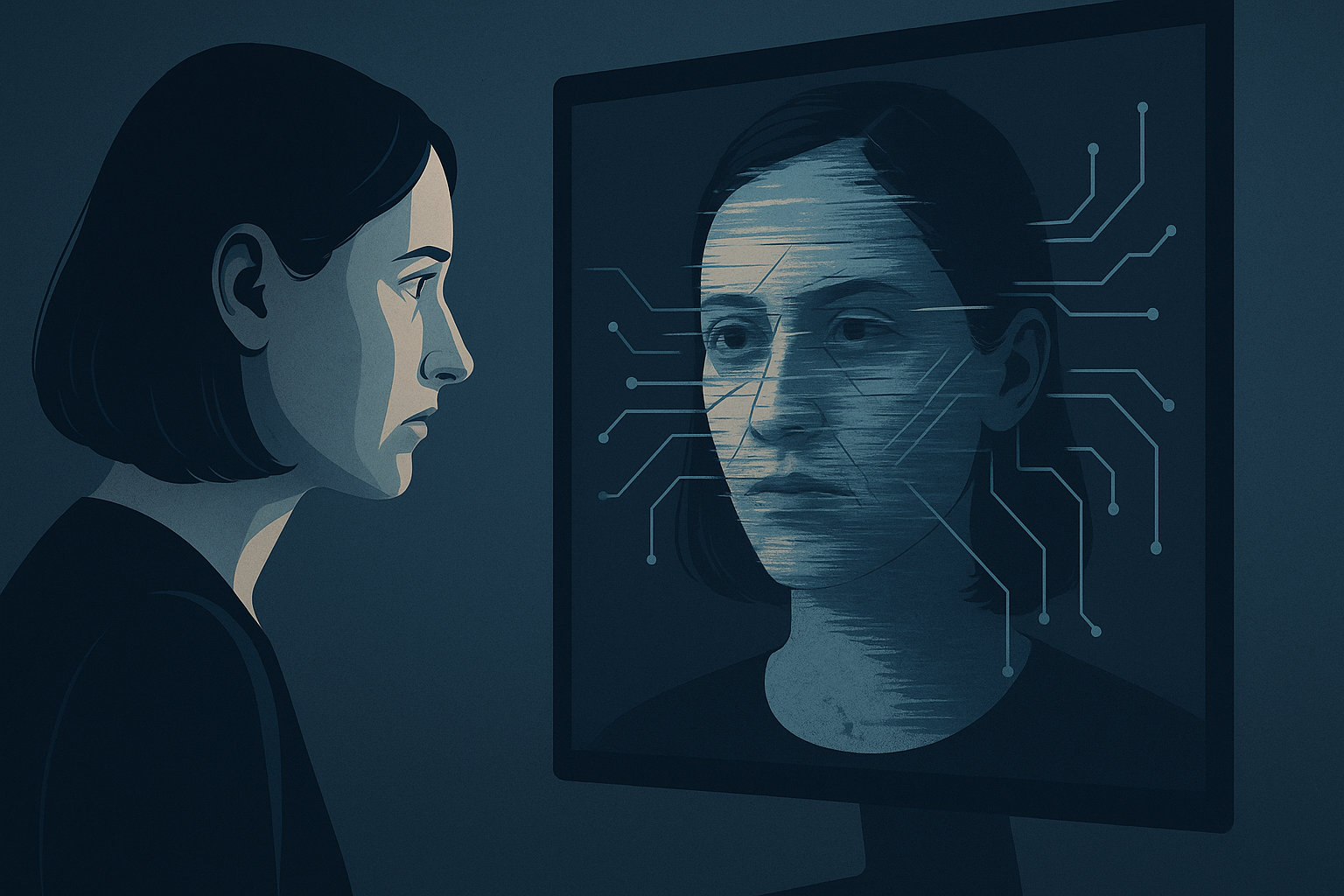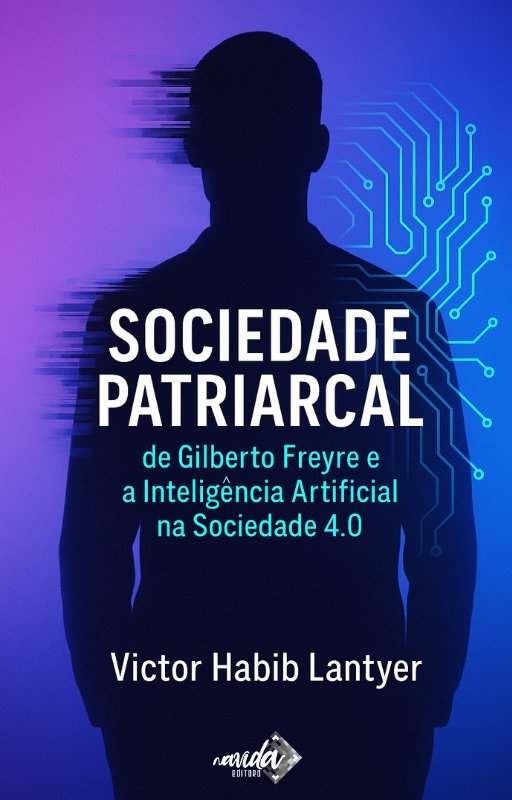Artificial Intelligence is the new grammar of our era, quietly rewriting social contracts, power relations, and the boundaries of the law itself. While Brazil delves into debates over its own legal framework (Bill 2338/2023), a movement on the other side of the globe offers a fascinating and instructive mirror: Vietnam, with its ambitious AI bill, is racing to become a regulatory powerhouse in Southeast Asia.
This movement, far from being an isolated event, offers an indispensable intellectual arsenal for legal practitioners in Brazil. Analyzing the Vietnamese approach is not just an exercise in comparative law; it is a strategic exploration of the paths and deviations that our own legislation may take.
Decoding the Vietnamese Proposal: Risk, Sovereignty, and European Inspiration
Published firsthand by IAPP (International Association of Privacy Professionals), Vietnam's bill reveals a sophisticated architecture that seeks to balance innovation with control, drawing directly from the European Union's AI Act, but with a notable cultural and geopolitical inflection.
The Seven Principles: A Humanist Ethos with a Local Accent
In my practice and as I defend in my work “Law and Artificial Intelligence”, effective AI regulation starts with sound principles. Vietnam establishes seven, which include anthropocentrism (AI at the service of humans), security, transparency and explainability.
However, the proposal distinguishes itself by explicitly incorporating the national autonomy and the preservation of cultural valuesThis is a powerful lesson for Brazil: regulation cannot simply be a matter of importing models. It needs to engage with our realities, avoiding what I call "Data Colonialism." Internal Link Suggestion: Article on “Data Colonialism” or the page of the book “Law and Artificial Intelligence”.
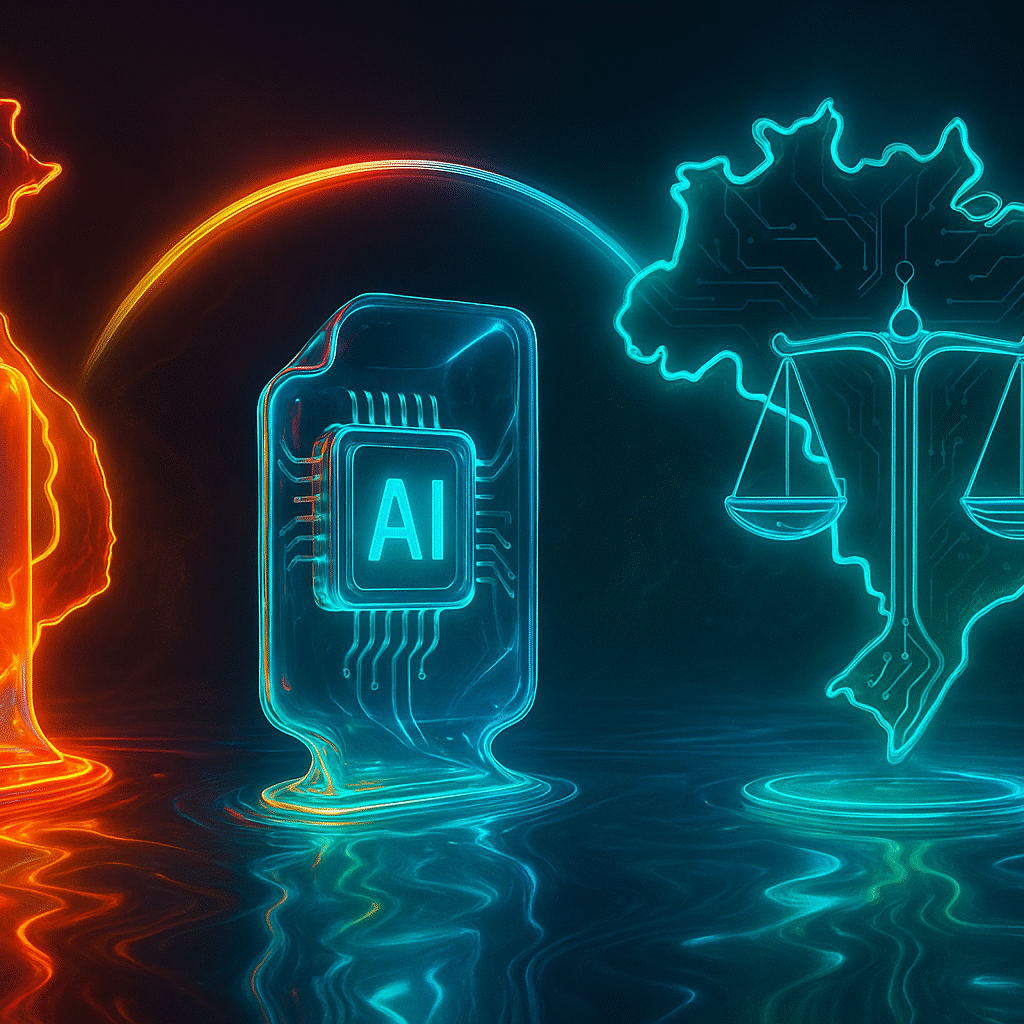
The Risk Matrix: From Prohibition to Monitored Innovation
Like the European model, Vietnam adopts a four-level risk classification:
- Unacceptable Risk: Prohibited systems, such as behavioral manipulation and real-time biometric identification in public spaces (with exceptions).
- High Risk: Applications in critical sectors (healthcare, finance, justice) that will require prior compliance assessments.
- Limited Risk: Systems with transparency obligations, such as chatbots that must identify themselves as non-human.
- Minimum Risk: The vast majority of applications are free to develop.
This pragmatic approach focuses regulatory power where the potential harm is greatest, a guideline that Brazilian lawmakers would do well to further develop so as not to stifle innovation.
The Intellectual Arsenal for the Brazilian Legal Profession: Actionable Lessons
What does the Vietnam experience teach us in practical terms?
Anticipating Risk: The New Frontier of Compliance
Corporate law must prepare for a new layer of technological due diligenceRisk classification will not be just a legal formality; it will be central to the business strategy of any company developing or using AI. Lawyers will need to be able to audit algorithms and assess their potential impact on fundamental rights, a skill that transcends traditional law.
Sovereignty and Culture: The “Big House Algorithm” in Check
Vietnam's emphasis on national sovereignty is a warning. Reliance on technologies developed in a few global power centers can perpetuate biases and inequalities, creating what I call the “Big House Algorithm”: systems that replicate and amplify historical exclusionary structures. Brazilian regulations should, therefore, foster a local AI ecosystem and require transparency regarding the training data of imported algorithms.
Conclusion: The Future of Regulation is a Global Mosaic
Vietnam's initiative proves that AI regulation won't be monolithic. It will be a mosaic of approaches, with each country contributing its own cultural nuances and geopolitical priorities. For Brazil, the lesson is clear: we must observe, learn, and, above all, dare to legislate with our own voice, protecting our citizens without closing the door to the future.
The discussion is just beginning, and it will define the contours of the legal profession and society for decades to come.
